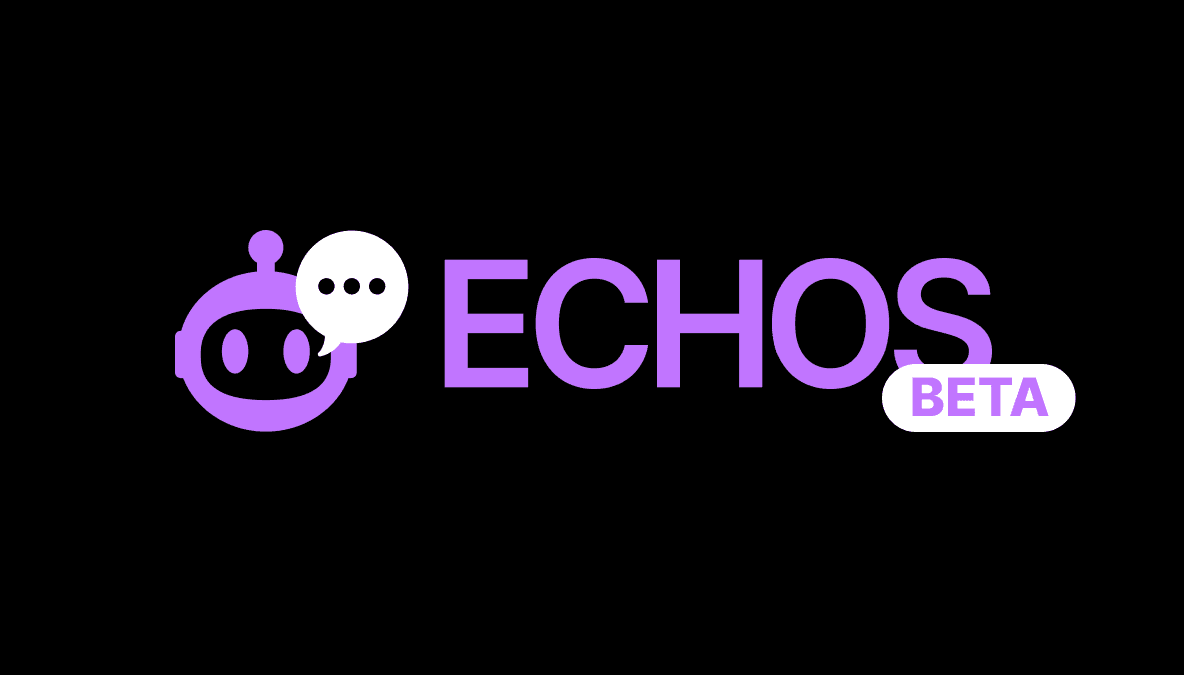
STRD Tokenomics Updates and Clarifications
Dec 14, 2022
· 4 min read
Intro
In its first three months, Stride protocol has experienced considerable success. It has on-boarded four blockchains for liquid staking, with many more in the pipeline. So far, Stride protocol enjoys a total-value-locked (TVL) of $6M. In order to distribute its governance token, it airdropped a significant amount of STRD to individuals across the Cosmos.
Stride liquid staking has unlocked the potential of Cosmos DeFi. As a result, many new and coming DeFi applications are expected to integrate stTokens in the coming months, including: Demex, Umee, Mars, Inter Protocol, Nitron, Harbor, Shade Lend, and many more.
In order to continue and accelerate the protocol’s early success, the Stride Foundation would like to provide some updates and clarifications around the STRD tokenomics. Don’t worry! - all good things.
Protocol Revenue
Stride protocol generates revenue by charging a 10% fee on the staking rewards of liquid staked tokens. So far, the protocol has generated $20,000 in revenue. Currently, all revenue goes to the Stride Foundation.
According to the original tokenomics article, “by default, the Stride Foundation will be the recipient of all protocol fees. However, STRD stakers are free to implement other ways of handling protocol revenue, if they so choose.”
Recently, STRD stakers have asserted their right to handle protocol revenue. Through an on-chain governance vote, STRD stakers decided to redirect past and future revenue to themselves. According to the proposal, “to compensate STRD holders for staking their tokens and increase the security of the chain, this proposal seeks to allocate the Stride host-chain staking reward commission fee directly to STRD delegators.” This was a non-binding signaling proposal. Now that it has been passed, the community of STRD stakers is welcome to make changes to the Stride protocol code-base to implement this change. The code-base is totally open-source. Anyone is free to make code changes, and then make a governance proposal to upload said changes.
For the service of staking their tokens to secure the Stride blockchain, STRD stakers currently receive inflationary STRD rewards. If this change is implemented via a code change, STRD stakers will receive 100% of Stride protocol revenue in addition to the inflationary STRD rewards they already receive.
STRD Emissions
Speaking of STRD inflation, the emissions rate needs a slight adjustment. For context, STRD has a maximum supply of 100M tokens; STRD will be emitted according to its emissions schedule until it hits this maximum. According to the original tokenomics article, emissions should be 9.5M STRD in the first year, going to these four buckets: staking rewards, strategic reserve, security, and the community pool.
But the emissions rate is curreny much lower than it should be. According to the current emissions, Stride protocol is on track to have only 2.5M STRD emitted in the first year, as opposed to the 9.5M that was planned. This means that emissions to staking rewards, the strategic reserve, and so on have been lower than what was originally anticipated.
To correct this, STRD stakers may wish to propose, discuss, and then implement an emissions increase. It would be consistent with the original tokenomics article to increase emissions such that the year-end target of 9.5M STRD is achieved. Since emissions were lower than planned for the first three months, it would make sense for them to be higher than planned for the remaining nine months of year one. In essence, this means that STRD stakers would be receiving “back pay.” Emitting more STRD than planned for the remainder of year one would compensate for having emitted less than planned in the first three months.
Such a change would only affect emissions for the remainder of year one. At the beginning of year two, emissions will be cut in half to 4.725M STRD for year two, as per the original tokenomics article.
Core Contributor and Investor Tokens
Lastly, a clarification is needed. STRD allocated to core contributors and investors is locked for the first year, after which it vests for another two years. But while locked or vesting, STRD can still be staked. It can also vote in governance. The purpose of allowing locked or vesting STRD to be staked is to maintain the economic security of the chain.
Staked STRD belonging to investors is allowed to vote on any proposal. Conversely, staked STRD belonging to contributors will not be used to vote on economic matters, only parameter changes. But even in the case of parameter changes, contributors typically do not vote; instead they let their validators vote for them.
Staked STRD belonging to investors and contributors currently receives staking rewards. Core contributors are currently working on a solution to prevent investors and contributors from receiving staking rewards, so that everyone else can enjoy a much higher reward. As an interim measure, 100% of contributor staking rewards are being directed to the community pool.
Final Thoughts
These minor updates and clarifications should help continue and amplify the early success of Stride protocol. It is entirely in the hands of the community of STRD stakers to implement the potential changes discussed in this article, if they so choose.



